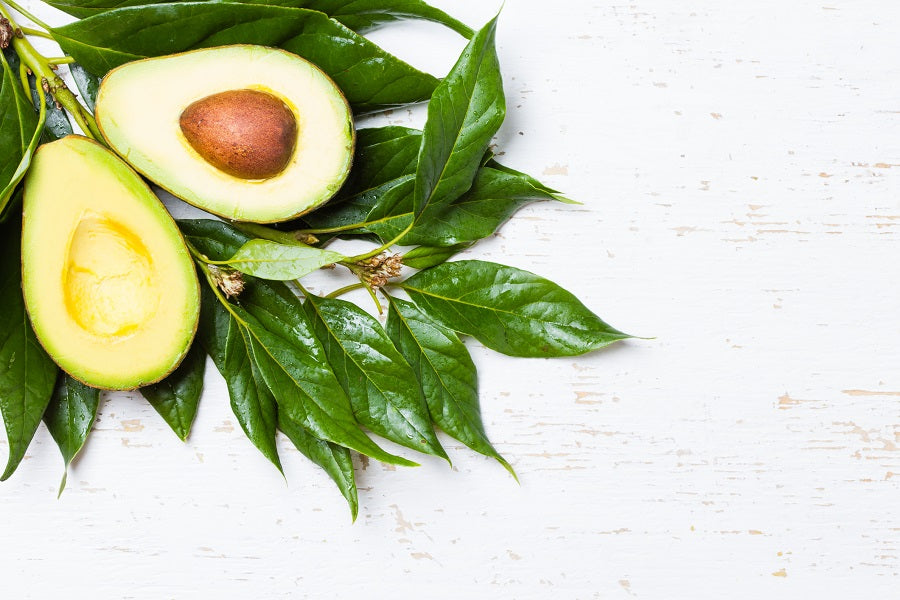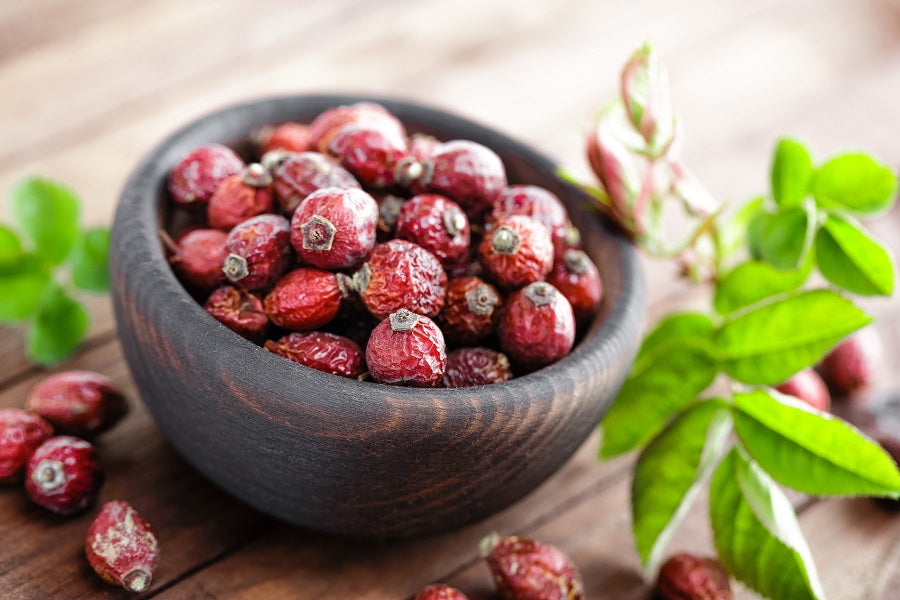
Why Eating Fruits and Vegetables In-Season is Better
- taste better;
- are more nutritious;
- cost less; and
- are more environmentally friendly.
You see, in season fruits and veggies can be grown by local farmers. And you can even grow some foods. Either way, most of the benefits of eating with the seasons listed above are directly related to your food being grown closer to home.
Tastes Better
When your food is grown locally, it’s able to ripen longer before harvesting. And when this happens, it enhances the flavor. Take peaches for example. In the summertime, they are sweet and juicy. I can’t get enough! However, in the winter, they’re often shipped to the U.S. from Chile way before they’re ready. And this makes them more bitter, less juicy, and just frankly not worth it in my opinion.
More Nutritious
Local fruits and veggies don’t have to travel very far. This is important when it comes to nutritional value. Because the nutrient content starts to diminish immediately after harvesting. And it continues to decrease over time. Thus, the farther it needs to travel, the less nutritious it is. I should also mention that when foods are grown in other countries, the use of pesticides may not be as tightly regulated. In some cases, certain pesticides that are banned in the U.S. may be used. Higher levels of heavy metals may be present in the soil. And produce may be sprayed with harmful chemicals solely to hold up while in transit. Thus, not only are in season and local fruits and veggies more nutritious, but they’re also often less toxic.
Costs Less
When the conditions are right, it’s easier and less costly to grow fruits and veggies. Also, when the food is grown locally, it cost less to bring it to you. And these savings are often passed on to you.
More Environmentally Friendly
Because in season and local foods travel much shorter distances, less resources are used. For example, less fuel is needed for transportation. And less refrigeration is needed to keep food fresh for longer periods of time.
How to Eat with the Seasons
One of the best ways to eat with the seasons is to frequent your local farmers market. All you will find is in season fruits and veggies. And often times the farmers pick the produce the day before or even sometimes the same day. Another option is to subscribe to a local CSA box from a local farm or farmers group. Some CSA boxes allow you to pick the items you want. And others send whatever is ripe and ready to go. It’s a great way to try new fruits and veggies and keep things fresh. You could also grow some of your own food.
It’s a lot easier than you might think. Many veggies can even be grown in pots as long as they have good soil, water, and plenty of sunlight. Something else I love to do is stock up on berries and other fruits in the summer when they’re sweet and their prices are low. I then freeze my stash and use them for shakes throughout the year. To do this, I wait until the berries really ripe.
I then wash them and place in a single layer on a small parchment paper lined baking tray. Once the berries are frozen, I then transfer them to a glass mason jar. This makes them easy to dispense and prevents them from sticking to one another. When I’m ready to use the berries, I simply throw them directly into my blender frozen. This eliminates the need for ice. It’s also possible to freeze other fruits and veggies available to you. When it comes to veggies, some recommend blanching them first in boiling water, submerging in an ice water bath and then drying before freezing to help maintain color and flavor. However, freezing often affects the texture of fruits and veggies.
Which means they tend to get mushy. Therefore, I find frozen veggies best suited for shakes, smoothies, soups, stews, and casseroles where texture isn’t as important. For example, just like berries, you can freeze spinach and kale and add them directly to your shakes for a nutritional boost. Also, when freezing, be sure to store your fruits and veggies in an airtight container. The goal is to keep moisture in and air out. And most foods can be stored for 12 - 18 months before their flavor starts to go downhill.
When you are ready to use them, frozen fruits and veggies can either be thawed in the refrigerator or added directly to boiling water. It’s also worth mentioning that if you don’t have the time or space to freeze your own fruits and veggies, buying them is another option. Look for brands that flash freeze as soon as they are harvested to maximize their nutritional value and flavor. Canning and fermenting are also great ways to preserve in season produce. Summer is a great time to can tomatoes and ferment cucumbers to make delicious probiotic pickles.
The Bottom Line…
Eat with the seasons when you can. And if you’re ever wondering what’s in season, I highly recommend checking out the Seasonal Food Guide. But please don’t stress if you can’t always eat with the seasons. Eating fruits and veggies from other places is still better than eating none.
Keep thinking Big and living BOLD!








